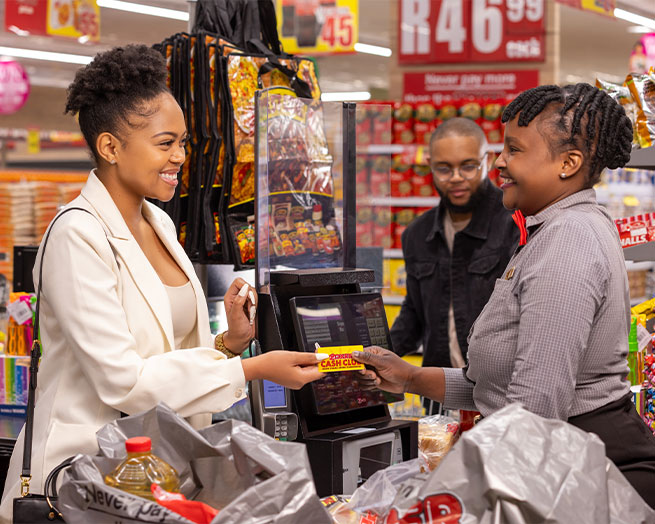How Pick n Pay uses SAP and AI to compete in South Africa’s retail race
Postado por Editorial em 13/08/2025 em MARKET & INDUSTRYPick n Pay is betting on technology to regain market share, from SAP-powered inventory insights to AI-driven personalisation. Its revamped asap! app, integrated with the retailer’s broader ecosystem, is part of a turnaround strategy now showing early results.

Pick n Pay’s push into e-commerce and on-demand delivery is gaining momentum as the South African retailer battles Shoprite’s Sixty60 and other players in the fast-growing grocery delivery space. After years of losing market share, the company posted a R3.2-billion loss in its 2023 financial year, prompting the return of former CEO Sean Summers in September 2023 to spearhead a turnaround.
Recent signs suggest progress: sales in its core South African supermarkets rose 3.6% year on year for the 17 weeks to 29 June 2025. The turnaround has included a partnership with First National Bank’s eBucks rewards programme, previously tied to Checkers, and a technology overhaul of its digital platforms.
Pick n Pay’s journey into online retail began in October 2020 with the acquisition of Bottles, an alcohol delivery app, which later became the foundation for its asap! platform. Early integration of Bottles into SAP systems allowed real-time stock visibility across stores, improving the customer experience and streamlining operations. As the platform evolved, additional systems were layered on, but SAP remains a key component of Pick n Pay’s infrastructure.
In an interview with TechCentral, Enrico Ferigolli, co-founder of Bottles and now head of online at Pick n Pay, explained that the retailer’s digital ecosystem is built on Amazon Web Services, with SAP underpinning crucial inventory and supply chain processes. This includes the asap! app, the Pick n Pay website, a picking app for in-store runners, a driver app, and various back-office systems for marketing and merchandising.
“Technology is everything in our industry, and it’s not just about online ordering,” Ferigolli said. “It’s also about using AI in supply chain forecasting, improving personalisation, and creating a unified customer experience.”
In May 2025, Pick n Pay launched a redesigned asap! app with expanded features and a broader product catalogue, alongside a website update rolled out in June. While customers see the new interface, Ferigolli notes that the bulk of the work has been behind the scenes, roughly 80% of the effort went into backend improvements.
AI plays a growing role in Pick n Pay’s strategy, starting with internal coding tools in 2021 and expanding into customer-facing features such as smarter search and product recommendations. Looking ahead, advances in computer vision and autonomous AI could enable home systems to automatically replenish household staples.
Ferigolli believes that while online will continue to grow, in-store shopping will still command about half the market in the next decade. This will push retailers toward more experiential store designs, doubling bakery space, expanding butcher counters, and offering specialist service, evolving rather than replacing the in-store experience.




